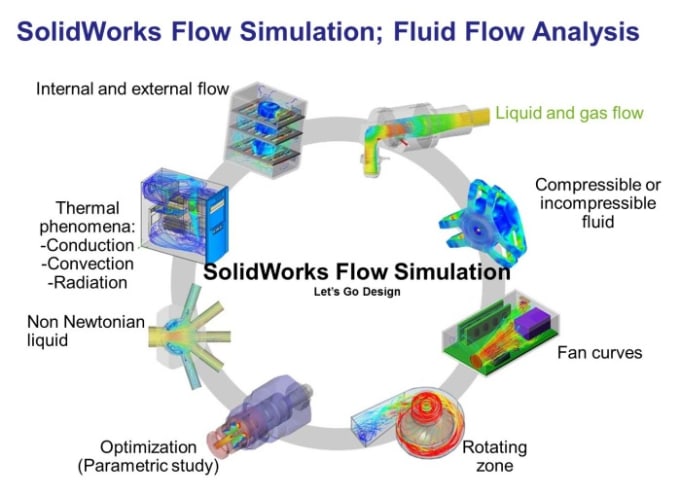


If detailed data for setting up the inlet and outlet boundary conditions is known, these can be placed to match the experimental measurements. In these cases, the computational domain is defined by the geometry of the physical walls and generally only the position of the inlet and outlet boundaries need to be defined. Such distance should be large enough to make sure that the boundary conditions assigned to the outer domain do not alter the flow next to it an affect the quality of results.Īn external aerodynamics problem can involves the presents of physical boundaries, like the walls of a wind tunnel, or the ground in an open road simulation or aircraft landing condition. Therefore, the sides of the computational domain that do not represent physical geometries like walls, grounds and ceilings are generally placed as far away as possible from the geometry that needs to be modelled.

The streamlines deviates as they approach the aerofoil and, due to the high angle of attack, the flow over the top surface is separated with large recirculations zones. In most cases, the geometry of the body is such that it leaves a wake of low energy flow behind, as the flow separates from it.Īs an example, the picture below shows the flow around an aerofoil in a wind tunnel. Moreover, the presence of the body is felt upstream and the flow starts to divert before actually making contact with the body. In a low speed simulation (low Mach number/subsonic flow), the pressure increases in areas where the flow velocity reduces and decreases where the flow accelerates. Its shape and size of the depend mainly on the aerodynamic characteristics of the geometry.Ī body immersed in a flow field affects the flow around it as the flow needs to get around and past the body. In external aerodynamics, the computational domain, often referred to as outer domain, describes the region around the geometry of interest where the flow solution is required. The dimensions of a computational domain depend on the type of problem: whether it is an external aerodynamic problem or an internal flow problem.


 0 kommentar(er)
0 kommentar(er)
